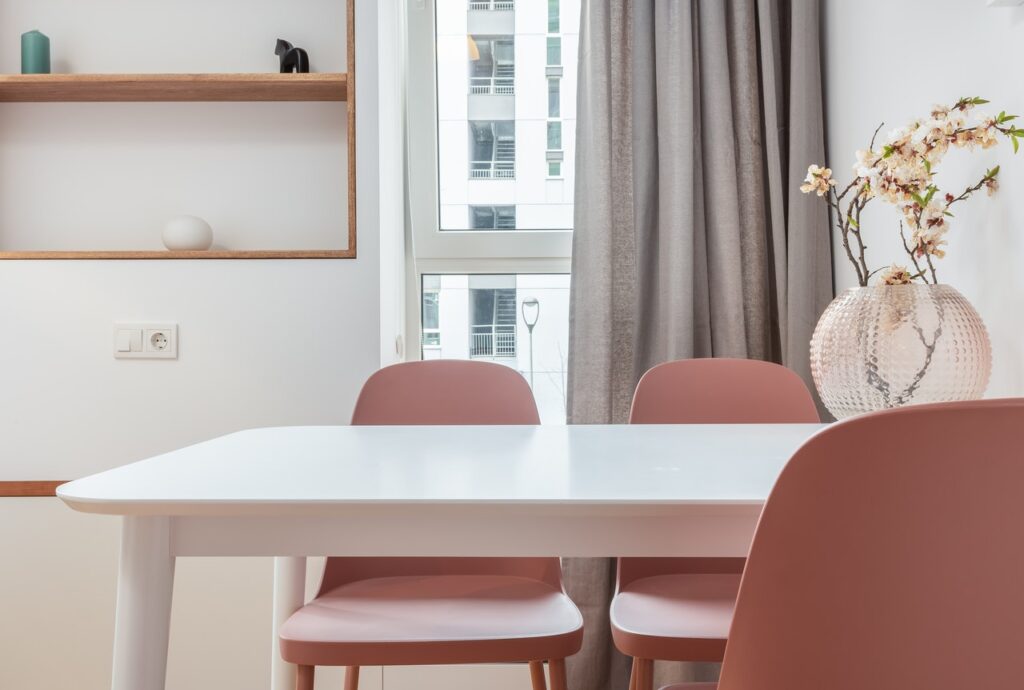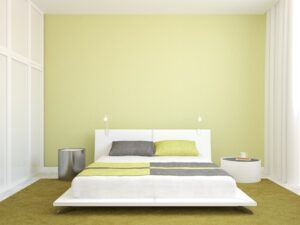When storing your clothes it may seem as easy as packing them up and tossing them into the storage unit. However, that is not the case if you want your clothes to stay in good shape for years to come. From baby clothes to seasonal clothing, it’s necessary to store them in the proper way when it comes to folding, the type of container, and ideal storage conditions. This blog from Ample Storage is here to offer some expert advice on how to store clothes in a storage unit.
When you’re getting ready to store clothing, it’s obvious that the clothes you are going to store aren’t going to be used in the near future, but there may also be some that you definitely will not be needing anymore. Look for those clothes you know you haven’t worn in months and throw them in a pile to sell or donate at your local Goodwill. Keep an eye for anything ripped, stained, or clothes that don’t fit anymore to reduce the amount that will eventually be put in the storage unit.
Before you even start packing up your clothes make sure that everything is washed and properly dried. Dirty and damp clothes can allow mildew and mold to grow and start to smell awful if left untreated. Stains from food can also attract rodents and insects that can destroy your clothes if they happen to get in.
While it may be easier to use old cardboard boxes or plastic bags, it’s not ideal for storing clothes. Cardboard and plastic are vulnerable to water damage, bacteria, mold, or pests that will ruin your clothes. We recommend using plastic bins that can be closed shut for protection.

Mothballs have been the most popular choice to deter pests and insects from storage units, but there are a few different less toxic and less pungent alternatives to use as mothballs are very toxic. Try a few of these mothball alternatives:
If your clothes will be left in your storage unit for multiple years, it’s a good idea to go back through and repack and refold them every year or so. Over multiple years, your clothes are prone to permanent creasing and wrinkling. You can also use this chance to check for any water damage, insects, or pests in your unit or clothes.
Here at Ample Storage, we take pride in being able to spread our knowledge to our customers, and hopefully, this blog has offered some insight into how to store your clothes in a storage unit for your clothes to last. As usual, don’t hesitate to contact us with any questions or concerns!
 For anyone considering long term storage, Ample Storage in Reno offers an excellent solution. Their self-storage units provide a safe and efficient way to store personal belongings you don’t want to part with while freeing up valuable space in your home. Below, we explore the benefits of long term storage with Ample Storage and share tips to help you plan and prepare your storage unit for extended use.
For anyone considering long term storage, Ample Storage in Reno offers an excellent solution. Their self-storage units provide a safe and efficient way to store personal belongings you don’t want to part with while freeing up valuable space in your home. Below, we explore the benefits of long term storage with Ample Storage and share tips to help you plan and prepare your storage unit for extended use.
In recent years, a concentrated rise against consumerism has swept over the population. The idea that you can be more and accomplish more with less is gaining traction not only with older generations but with Millennials as well. Known as a minimalist lifestyle, people from every facet of life are embracing the act of decluttering. They want to make room for peace and less stress in their daily lives. But what is a minimalist, exactly?
Joshua Millburn and Ryan Nicodemus, defined minimalism as “… lifestyle that helps people question what things add value to their lives.” The minimalist movement has created an awareness of how fewer material items can pave the way for a more fulfilled life. It makes room for satisfactory health, personal and family relationships, individual and spiritual growth, and contribution to society.

While it seems becoming a minimalist means living without what we may be used to, it's not the case. Minimalist living is not the same for everyone. Not every individual seeking a minimal style must consider downsizing your home. Instead, becoming a minimalist means you take away the things that do not serve a purpose. Things without a purpose in your day to day life.
Start by following these minimalist tips.
Becoming a minimalist begins with taking careful inventory of the belongings you use each day. Be sure take the time to determine what it is you want to keep. Don't just get rid of things just to declutter. If you use certain small kitchen appliances each day, keep them. It makes little sense to set those aside for donation, storage or trash just to create more open space. However, the boxes of decorations that occupy your living space may be the perfect place to begin to declutter.
 After you’ve taken inventory of the items you use, determining how to become a minimalist gets easier. Start in a single room where you spend a substantial amount of time (living room or bedroom), and weed out the things that do not serve a purpose there.
After you’ve taken inventory of the items you use, determining how to become a minimalist gets easier. Start in a single room where you spend a substantial amount of time (living room or bedroom), and weed out the things that do not serve a purpose there.
For instance, it is common for individuals striving for minimal style to begin in their closet, getting rid of clothes that were purchased and never worn or simply no longer fit regarding style or size. Once you have completed a single room, move on to the next and follow the same principles to create a minimalist living environment.
Remember the steps on how to be a minimalist are not the same for everyone. Downsizing your home is not always the best approach, especially for those with small children or aging parents. Similarly, getting rid of every item not currently in use isn't rational. For instance, family heirlooms that are intended for your children or grandchildren can be removed from your home to create a minimalist style, without you having to let go completely. If you find yourself overwhelmed with getting rid of items that may be needed down the road, consider getting a Reno storage unit from Ample Storage to set aside specific things.
A minimalist home does not look the same for each individual or family but instead focuses on the same core components. Less stuff and clutter creates the space necessary for a less stressful, more satisfactory life, even if your belongings are simply held outside your main living space.